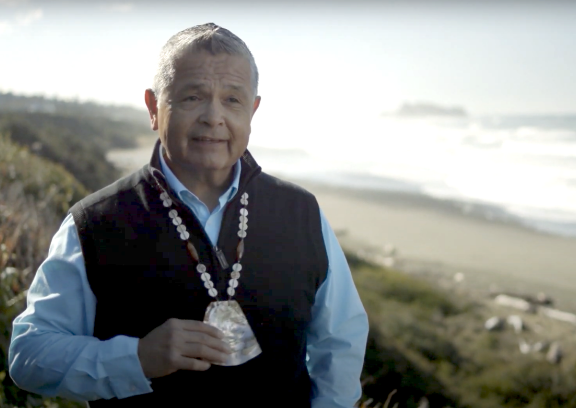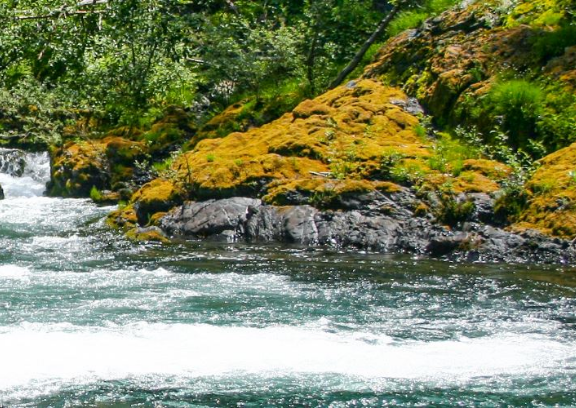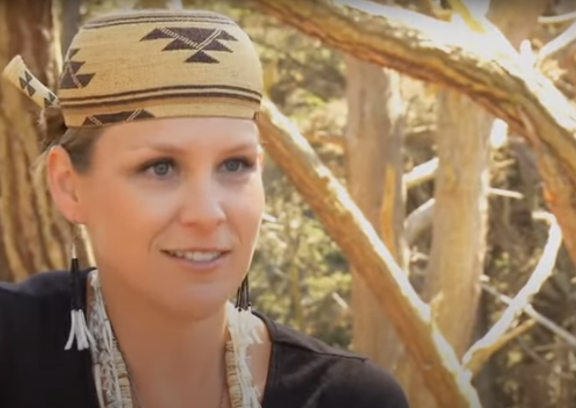TR’UU-LUU-K’WVT
TR’UU-LUU-K’WVT
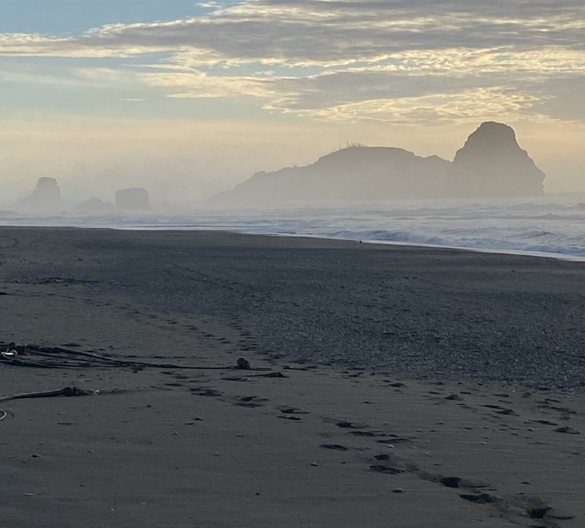
TR’UU-LUU-K’WVT
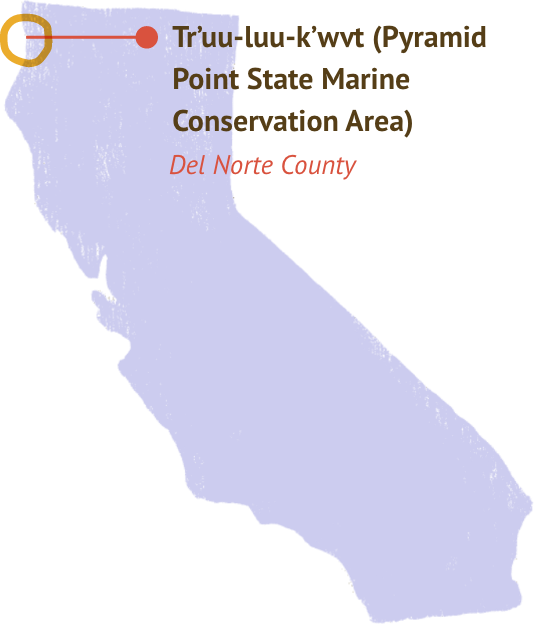
Located just south of the California/Oregon border in Del Norte County, Tr’uu-luu-k’wvt (Pyramid Point State Marine Conservation Area) is California’s northernmost marine protected area. The area’s northern boundary runs along the California border with Oregon and its offshore boundary extends three nautical miles from shore.
Tr’uu-luu-k’wvt includes three miles of coastline and covers nine square miles of ocean habitat. Offshore rocks support diverse populations of seabirds; shallow rocky reefs are used by a variety of fish, including nearshore rockfish species. Tr’uu-luu-k’wvt’s offshore waters also provide feeding areas for marine mammals such as Steller sea lions. Marine-protected areas like this one are important to protect biodiversity along the California Coast.
Protection Status
In 2012, Tr’uu-luu-k’wvt was designated by the California Fish and Game Commission as the Pyramid Point State Marine Conservation Area to conserve and restore ocean habitats and wildlife, including the area’s beach, rocky shore, offshore rocks, and sandy offshore habitat.
Harvesting in the area is currently managed by the California Department of Fish and Wildlife, and fishing is prohibited with the exception of Tribal take by enrolled citizens of the Tolowa Dee-ni’ Nation and harvest of lhvmsr (surf smelt), by dip net or Hawaiian type throw net. Lhvmsr is a critical species of cultural significance and in decline.
The Tolowa Dee-ni’ Nation continues stewardship of Tr’uu-luu-k’wvt through the Nation’s Harvest Title (this title regulates the harvest of fish, shellfish and other resources for citizens of the Tolowa Dee-ni Nation), scientific research, educational outreach programs, partnerships with California State Parks, and as participants in the Tribal Marine Stewards Network.
Opportunities remain to expand meaningful and mutually beneficial tribal co-management of Tr’uu-luu-k’wvt that are reflective of Indigenous stewardship. The Tolowa Dee-ni’ Nation is currently exploring the establishment of an Indigenous Marine Stewardship Area for Tr’uu-luu-k’wvt to enhance its biodiversity and climate resilience.
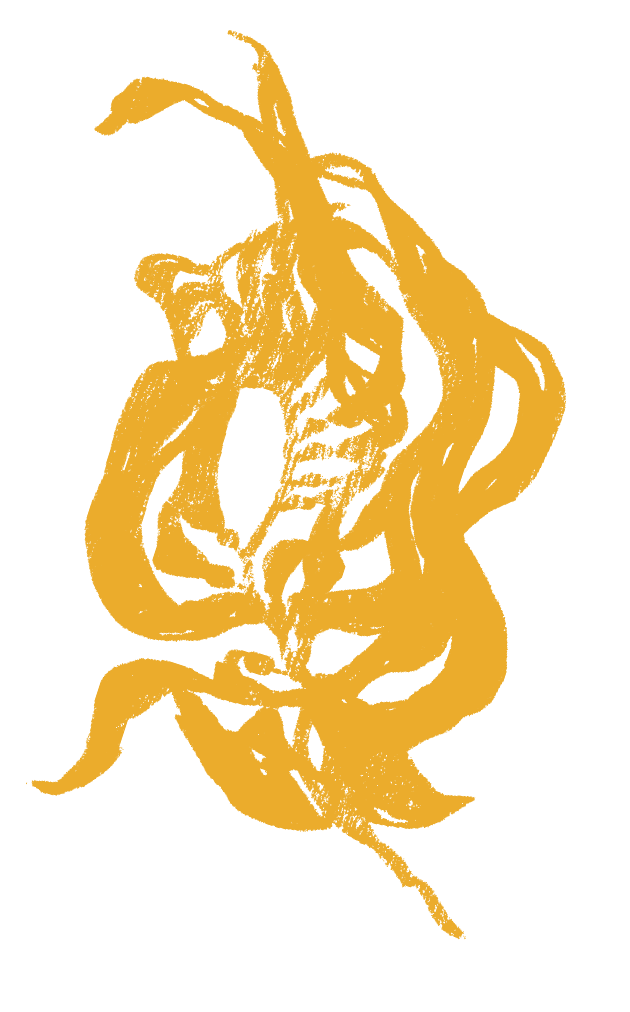
Protection Status
In 2012, Tr’uu-luu-k’wvt was designated by the California Fish and Game Commission as the Pyramid Point State Marine Conservation Area to conserve and restore ocean habitats and wildlife, including the area’s beach, rocky shore, offshore rocks, and sandy offshore habitat.
Harvesting in the area is currently managed by the California Department of Fish and Wildlife, and fishing is prohibited with the exception of Tribal take by enrolled citizens of the Tolowa Dee-ni’ Nation and harvest of lhvmsr (surf smelt), by dip net or Hawaiian type throw net. Lhvmsr is a critical species of cultural significance and in decline.
The Tolowa Dee-ni’ Nation continues stewardship of Tr’uu-luu-k’wvt through the Nation’s Harvest Title (this title regulates the harvest of fish, shellfish and other resources for citizens of the Tolowa Dee-ni Nation), scientific research, educational outreach programs, partnerships with California State Parks, and as participants in the Tribal Marine Stewards Network.
Opportunities remain to expand meaningful and mutually beneficial tribal co-management of Tr’uu-luu-k’wvt that are reflective of Indigenous stewardship. The Tolowa Dee-ni’ Nation is currently exploring the establishment of an Indigenous Marine Stewardship Area for Tr’uu-luu-k’wvt to enhance its biodiversity and climate resilience.

Local experts
Learn more about Tr’uu-luu-k’wvt from our partners on the ground.
BIODIVERSITY
Large offshore rocks support Aleutian Canada geese and breeding seabirds, including fork-tailed storm petrels and tufted puffins. The area is also home to large rookeries of great blue herons, snowy egrets, and black-crowned night herons, as well as the endangered Steller sea lion These, along with other local species including ghvtlh-k’vsh, or kelp, and la’-na, or seastars, are vulnerable to impacts from warming ocean waters.
CLIMATE RESILIENCE
The beaches and intertidal habitats at Tr’uu-luu-k’wvt are vulnerable to sea level rise and increases in ocean temperature due to climate change. La’-na, or seastars, mentioned above, are a keystone species within the area’s rocky intertidal habitat and are vital to the health of ocean ecosystems. The Tolowa Dee-ni Nation employs the 3D mapping technology of Tribal Intertidal Digital Ecological Surveys (TIDES) to map habitat and species movement in response to sea level rise and climate change.
ACCESS

In addition to its critical cultural importance, Tr’uu-luu-k’wvt is popular with residents and visitors. The area can be accessed by Pelican State Beach, the northernmost beach in California, which connects to Crissey Field State Recreation Beach, Oregon’s southernmost beach. Visitors can also camp close by at Clifford Kamph Memorial Park, which is managed by Del Norte County.
Tribal Acknowledgement
Tr’uu-luu-k’wvt is an active traditional cultural landscape located in the ancestral waters of the Tolowa Dee-ni’ Nation, and is significant to the Tolowa Dee-ni’ for cultural and subsistence practices. The Tolowa Dee-ni’ use the area to establish annual camps for harvesting lhvmsr (surf smelt), a tradition they have continued for more than 169 years, undeterred by colonialism. These camps are hubs for intergenerational knowledge transmission of subsistence practices, culinary techniques (fishing, drying, cooking, preserving), physical and spiritual wellness, and for reaffirming connections to the land. Lhvmsr populations have been in decline and as such, they have been the focus of research for the Tolowa Dee-Ni’ Nation.
The Tolowa Dee-ni’ genesis account provides protocols for being active Indigenous stewards, perpetuating the community as an integral part of a balanced ecosystem. Today, conservation efforts are based on this genesis and interpreted according to traditional laws. Preservation of cultural traditions and resource stewardship is accomplished through partnerships with Indigenous communities, educational institutions, Federal, State and local agencies. Since genesis, Tolowa Dee-ni’ have been an integral part of the ecosystem. The diverse marine ecosystem provides a variety of foods and materials central to the existence of the Tolowa Dee-ni’. Fishing, hunting, trapping, gathering and other forms of harvesting are critical to the subsistence, cultural and religious existence of the Tolowa Dee-ni’.
Local Views
See how others are sharing their #PowerInNature
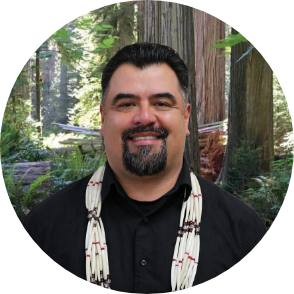
“
Traditional knowledge is passed down from generation to generation, within the tribal family. There was knowledge that was passed down so that you knew how to show respect for the resources and the environment here and ensure that important species would return.”
Jaytuck Steinruck
Resource Specialist, Tolowa Dee-ni’ Nation
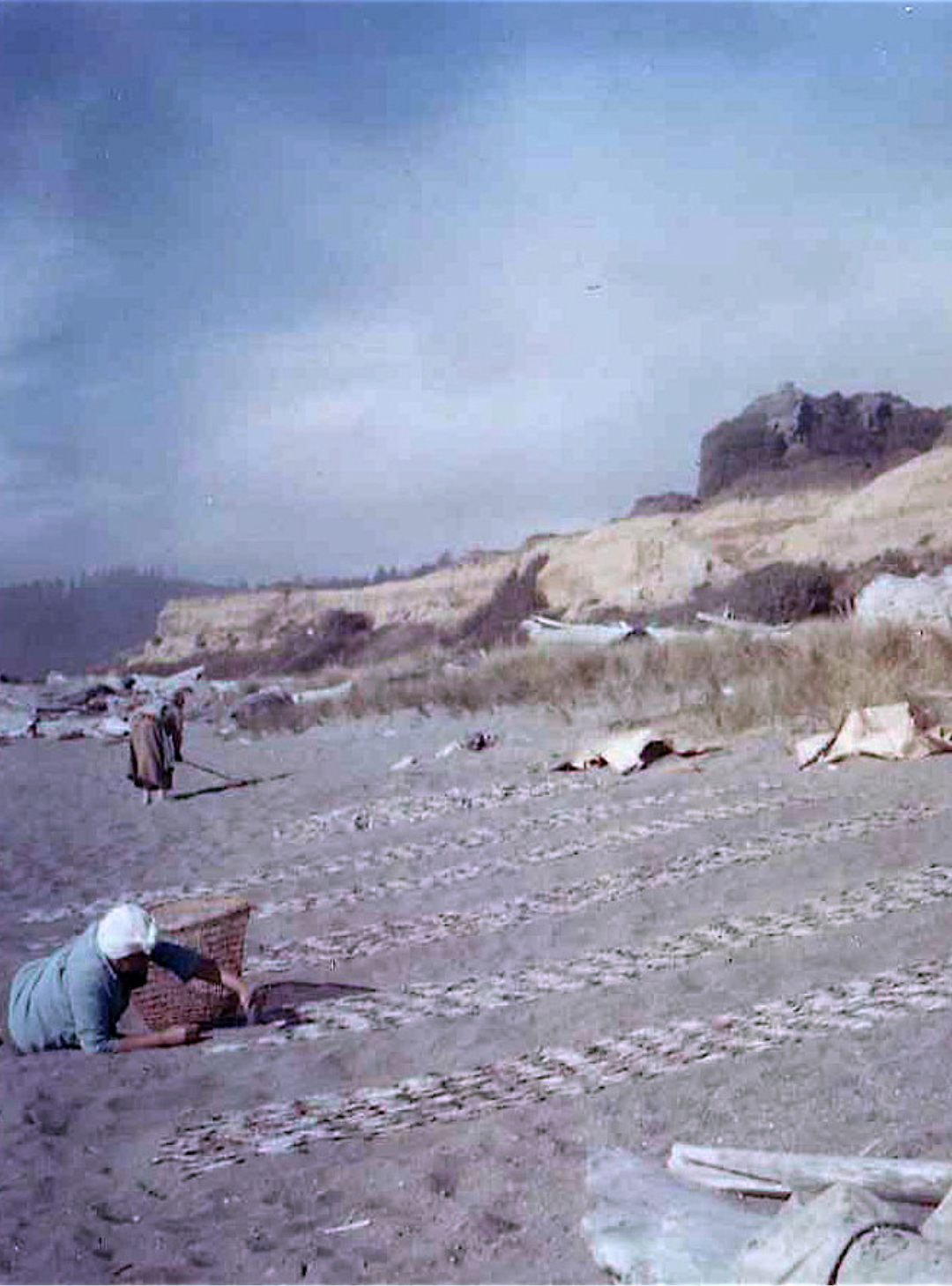
Learn more
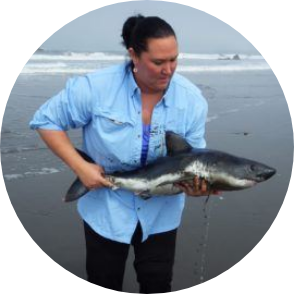
“
Within Tolowa culture, the surf smelt is very important, and in recent years surf smelt has been on the decline. The families that camp down here have noticed there’s not a return to this beach that there has been previously. Protections are important for the preservation of the species.”
Rosa Laucci
Marine Biologist, Tolowa Dee-ni’ Nation
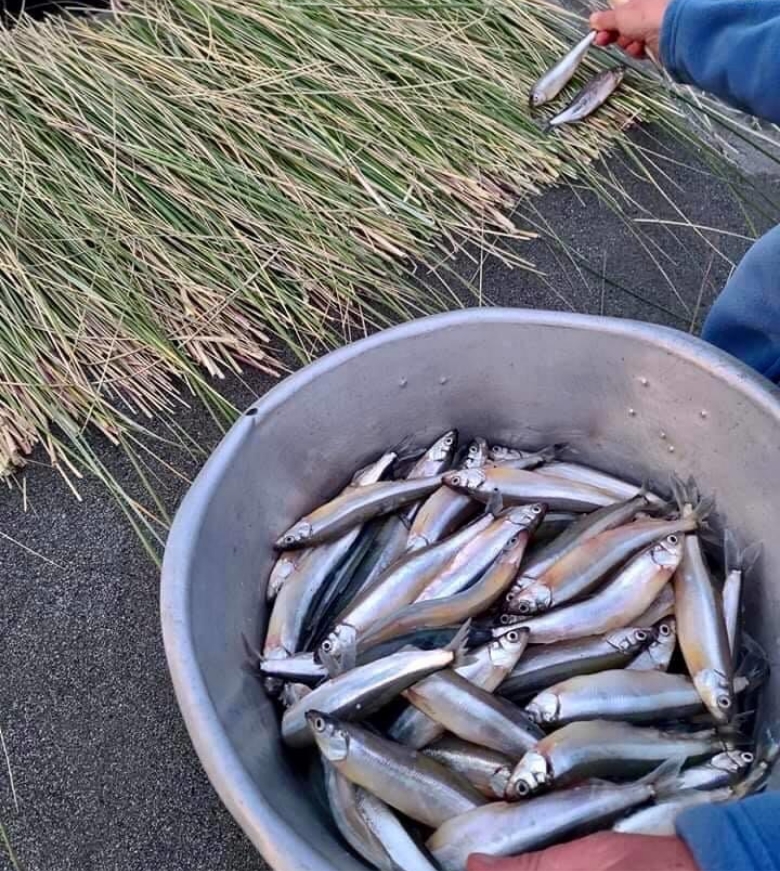
DID YOU KNOW?
Pyramid Point is the only place you can find the tufted penguin and fork-tailed storm petrel in California.
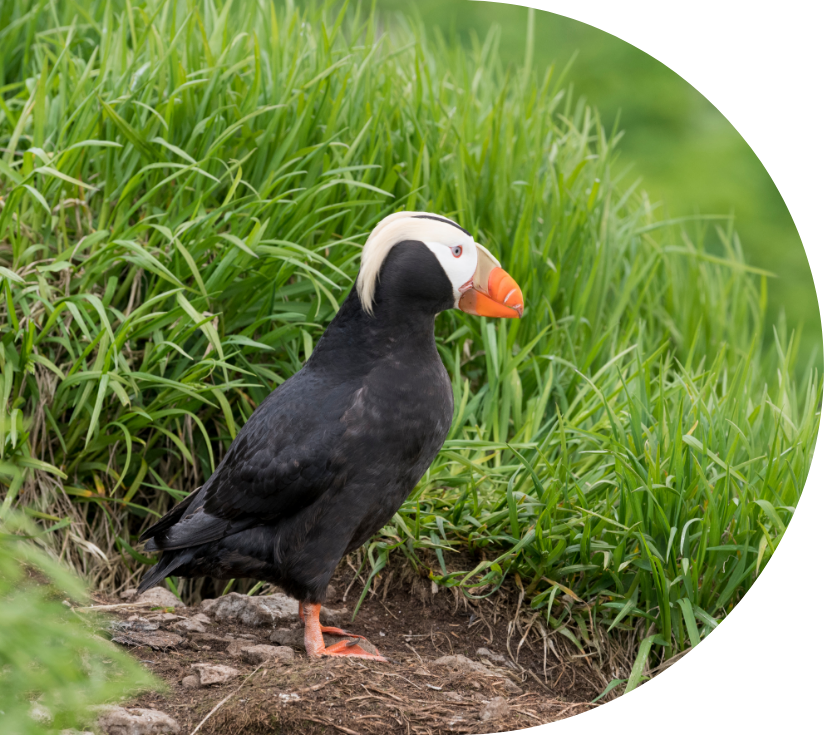
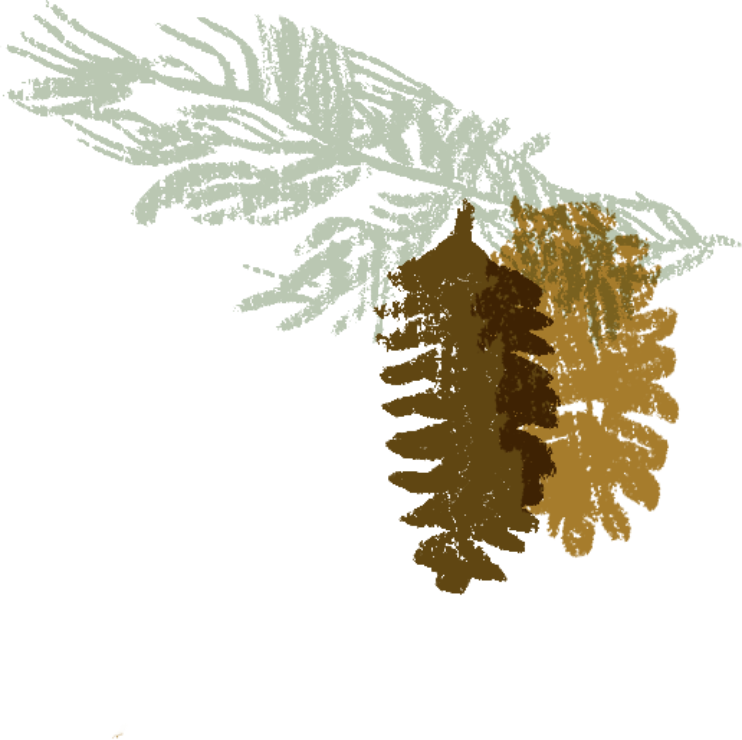
Have 60 seconds?
Use it to make a difference.
